
FACING CLIMATE CHANGE ADAPTING, INNOVATING AND REDUCING THE CARBON FOOTPRINT PRESS KIT CONSEIL INTERPROFESSIONNEL DU VIN DE BORDEAUX 2022
2 2022 PRESS KIT // FACING CLIMATE CHANGE
THE DUAL CHALLENGE FACING BORDEAUX WINES: ADAPTING TO CLIMATE CHANGE AND REDUCING THEIR ENVIRONMENTAL FOOTPRINT.
The quality and quantity of a harvest are intrinsically dependent on the climate and the environment.
In Bordeaux, as in other French regions, winegrowers are seeing the effects of climate change. While these effects currently favour the ripening of grapes in Bordeaux, the prospect of seeing the thermometer rise a further 1 or 2 degrees will have a significant impact on wine styles.


Bordeaux has many levers for adapting: agricultural and winemaking practices, adaptation of plant material, etc. Players in the sector are innovating, to continue to produce high-quality, balanced and aromatic wines.
As part of its sustainable development strategy, the sector has been committed for 15 years to preserving the environment while contributing to the reduction of greenhouse gas emissions.
Following an initial 2020 Climate Plan, the sector is building a new Carbon Plan for 2030, jointly produced by all stakeholders, winegrowers, merchants, cooperative cellars and suppliers.
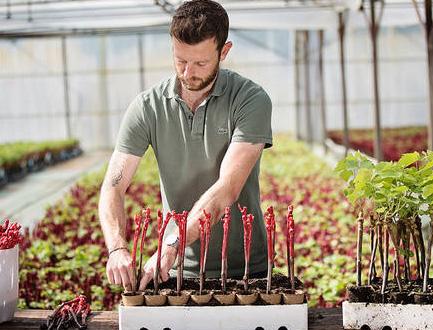
ON THE GROUND FACTS AND FIGURES
LEVERS FOR ADAPTATION
CARBON STRATEGY: 2030 OBJECTIVE
3 2022 PRESS KIT // FACING CLIMATE CHANGE
On the ground: facts and figures
The climate is a major parameter for wine quality. It has an impact on the terroir, the vintage effect and the size of the harvest. Until now, the change in the climate has had quite a positive effect on the ripening of Bordeaux grape varieties. However, uncertainties over the changes still to come have led the vineyard to anticipate and adapt.
CLIMATE CHANGE TODAY IN BORDEAUX
• +1.5° C between the periods 1956-1986 and 1987-2017

• The wine-growing climate in Bordeaux has moved from temperate to warm temperate (according to the Huglin classification)
• On average, the number of very hot days (max. temperature >35°C) has increased by 3.5 days per year over the past 30 years.
• Since 1989: continued presence of hail showers and increase in their intensity in the spring.
AND TOMORROW
Depending on the scenario (more or less optimistic) temperatures could rise by +0.6 to +5.3 degrees by the end of the century.
4 2022 PRESS KIT // FACING CLIMATE CHANGE
(SOURCE: ADVICLIM)
IMPACT ON VINEYARDS AND WINE IN BORDEAUX
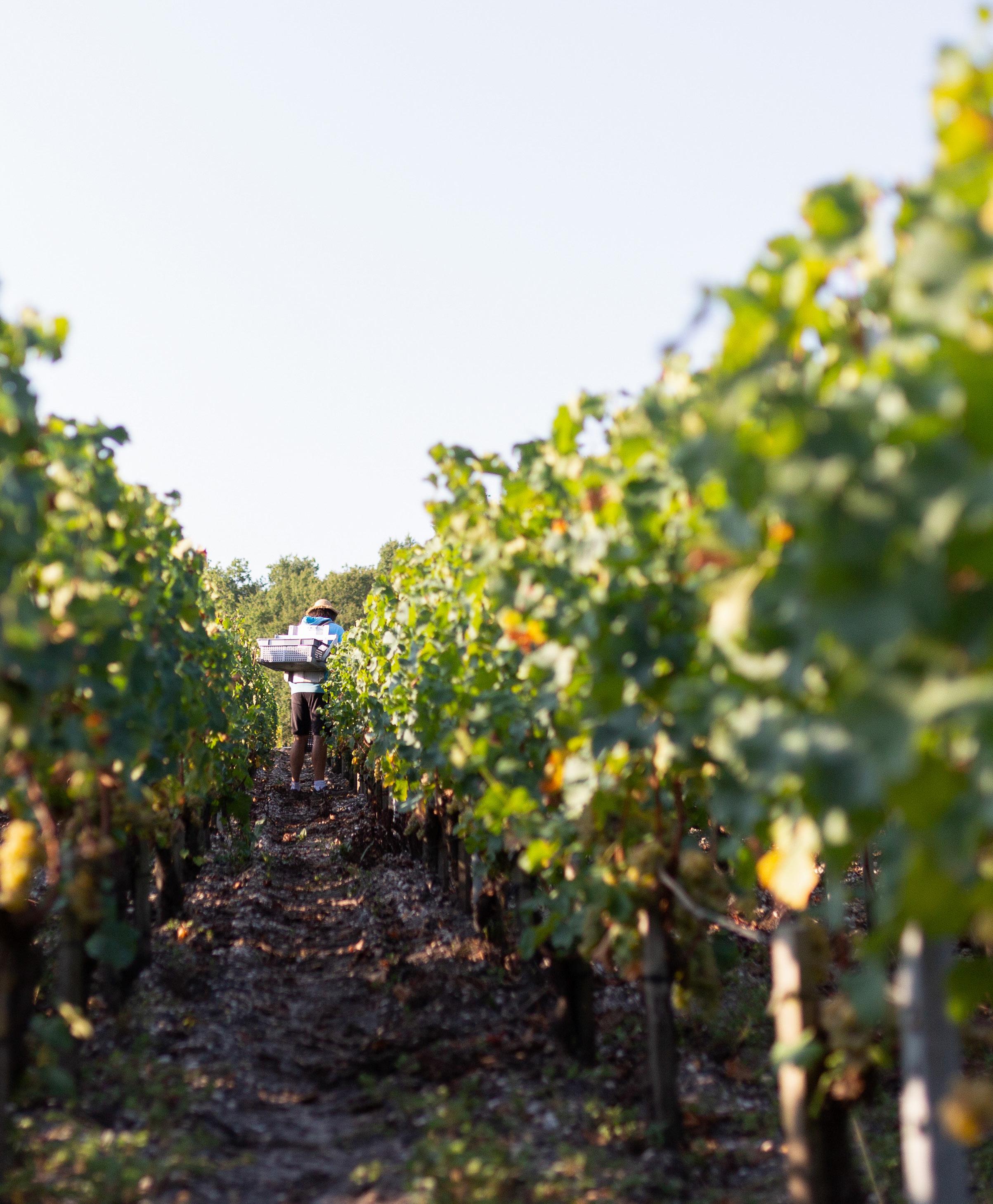
In the vineyard:
of the vine growth cycle: since
all stages of development have been taking place earlier.
1989 2031-2050
-3 days -5 to -7 days -8 to -20 days
Earlier ripening and harvesting
over 30 years).
water stress.
variations
around
takes place in increasingly hot
early-morning
aromas.
wine
marked vintage effect.
alcohol content and lower acidity.
• Shortening
1989,
since
2050-2100 Veraison
compared with 1986-2005 source: ADVICLIM •
(by
twenty days
• Increased
• Year-to-year
in yield. • Ripening
conditions, requiring
harvesting to preserve the
In the
: • A
• Higher
• Modified aromas. INCREASED NUMBER OF CLIMATE EVENTS WITH AN IMPACT ON HARVEST SIZE 2013 VINTAGE: Heavy rain and cold during flowering => Harvest reduced by more than 30% below the average. 2017 VINTAGE: Late spring frost (end April) after a very mild winter => Historically small harvest: 3.5 million hectolitres.+ 2018 VINTAGE: A trying year, with regular hail and record-breaking storms => Harvest size within the ten-year average. 2019 VINTAGE: Heatwaves: drought/significant water stress => Harvest size within the ten-year average. 2020 VINTAGE: Unsettled year: hail, frost, floods, summer heatwave => Harvest down 9% vs 2019. 2021 VINTAGE: Widespread late frost in the spring => Harvest down nearly 14% vs 2020. HISTORY OF BORDEAUX HARVEST SIZE (MILLION HL) 5 46 5.25 3 84 5 27 5 30 5.77 3 50 5 00 4 90 4 40 3 77 20112012201320142015201620172018201920202021 5 2022 PRESS KIT // FACING CLIMATE CHANGE
Levers for adaptation
Adaptation through new practices
Changing agronomic practices:

• Delaying pruning to delay the growth cycle and limit the impact of spring frosts.
• Increasing the height of the trunk to reduce the canopy area and thus limit photosynthesis to moderate the alcohol level.
• Limiting leaf removal to protect the grapes from the sun’s rays.
• Using grass cover to reduce evapotranspiration.
• Adapting the harvest date and picking at dawn.
Protection against climatic hazards
Some areas for improvement:
• Installation of collective systems to combat hail and frost.
• Policy measures to better insure winegrowers and encourage them to take out crop insurance.
• Aid for investments to combat frost and limit its impact (e.g. wind machines, vineyard spraying systems).
• Investment in research and innovation to improve the ability of vines to adapt to climate change.
Acting now for the vineyard of tomorrow
Giving priority to laterripening varieties
Choosing rootstocks that are later and more resistant to
Rethinking plot location to reduce exposure to
planting density
new varieties for
•
•
water stress •
the sun • Reducing
• Planting
adaptation - VIFA
Adapting the plant material
(grape variety and rootstock)
The choice of plant material is a production commitment lasting several decades. Highly regulated, it results from the examination of many criteria in an evolving context (climate change, reduction of inputs, varietal creation and diversification, market expectations) and with respect for the typical character of the wines. Today, Merlot for example, the emblematic grape variety of Bordeaux (66% of the area for red grape varieties), reaches optimal maturity, making it possible to produce very great wines. But faced with rising temperatures, this early variety could start to fall outside its ideal ripening window.
A catalogue of grape varieties authorised in AOCs
To date, for production of AOC wines in Bordeaux, 6* red grape varieties and up to 8** white grape varieties are authorised in the technical specifications. Growers therefore have a catalogue of varieties with different growth cycles and aromatic profiles, and ripening at different times.
Similarly, as Bordeaux produces blended wines, professionals can diversify their varietal mix to subtly mitigate the effects of climate change.
*6 red grape varieties: Cabernet Sauvignon, Cabernet Franc, Merlot, Malbec, Carmenère, Petit Verdot
**8 white grape varieties: Sémillon, Sauvignon, Sauvignon Gris, Muscadelle, Colombard, Ugni Blanc, Merlot Blanc, Mauzac
Revival of old grape varieties
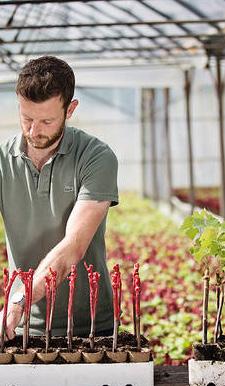
Bordeaux winegrowers can draw on the diversity of grape varieties, especially those that ripen later. With changes in knowledge and in the climate, some old grape varieties, previously abandoned because they were more difficult to grow, are making their return to the vineyard.
The most emblematic of them is Petit Verdot. A late-ripening red grape, it benefits from climate change. In 2000 it was planted on 375 hectares and in 2020 on 1233 hectares, a 117% increase. In the blend, it brings a final tannic touch with liquorice and violet aromas.
7 FACING CLIMATE CHANGE
adaptation
Innovation through the introduction of new grape varieties: VIFAs
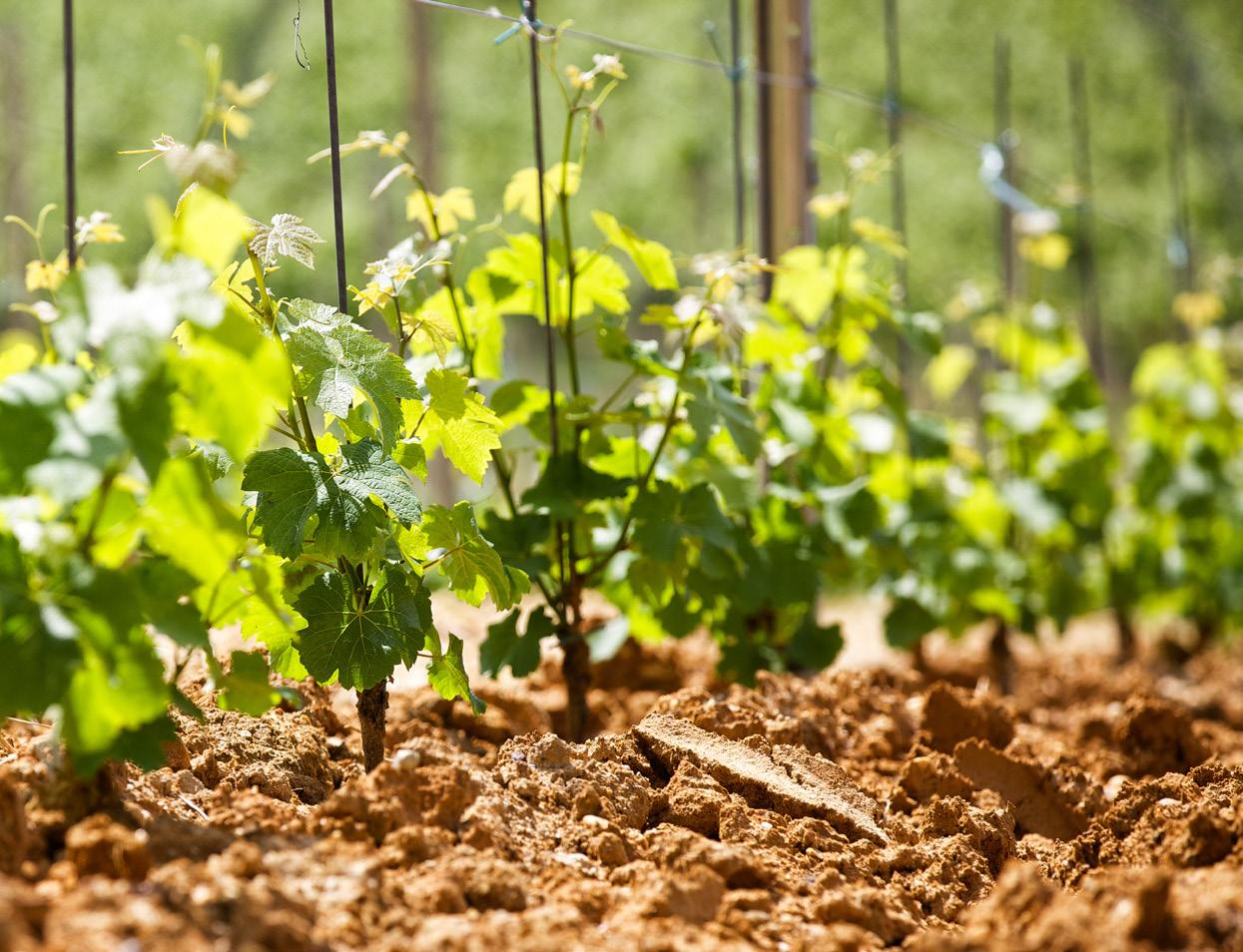
2007 Vitadapt: experimenting with the use of existing plant material
Conducted within the ISVV*, Vitadapt aims to study the behaviour and adaptive capacity of the vine in situ, in the face of climate change and in the context of the Bordeaux terroir. A study plot, made up of 52 French and foreign grape varieties, all of the Vitis vinifera species, was planted in Bordeaux in 2007.
Goals:
• Measure the changes in the quantity of grapes over time.
• Study the behaviour of grape varieties in the context of climate change.
• Study the possibilities for adaptation and the quality potential of grape varieties that are little known in Bordeaux.
• Record and archive observational data for these grape varieties.
• Establish a ripening chronology for these grape varieties and quantify their physiological response to drought.
Following a request from the Bordeaux wine sector, 6 new red and white grape varieties, resulting from the Vitadapt experiment, have been authorised since spring 2021 in the Bordeaux & Bordeaux Supérieur AOC technical specifications. This development represents the culmination of more than a decade of research carried out by scientists and winegrowers in Bordeaux to face up to the impact of climate change.
2022 Experiments in the AOCs with winegrowers
Goal: Take into account the spatial variability of the climate at the appellation scale. Bordeaux winegrowers now have access to an expanded catalogue of varieties with different growth cycles and ripening periods.
2022: first VIFA plantations. This 10-year experiment (renewable once) on the scale of the Bordeaux vineyard will be subject to monitoring, of benefit to the entire community, to manage the change and definitively validate the incorporation of these new grape varieties.
2021 AOC Bordeaux receives approval for the introduction of 6 varieties of interest for adaptation - VIFA
*ISVV Institute of Vine and Wine Sciences 2022 PRESS KIT // CARBON STRATEGY OF
... Levers for
WHICH VARIETIES?
• Red and white grape varieties that are not emblematic of other wine regions (e.g. not Syrah, Pinot Noir or Chardonnay).
• Varieties already listed in the Official Catalogue of Vine Varieties
• Vitis vinifera grape varieties.
The 6 grape varieties selected in Bordeaux were mainly chosen for:
• Ability to resist water stress.
• Aromas close to existing Bordeaux profiles.
• Late ripening.
• Resistance to certain diseases.
2 WHITE VARIETIES
Alvarinho The pronounced aromatic qualities of this grape make up for the loss of aromas that usually results from climate change. Its adaptability to climatic problems means that it is not very sensitive to botrytis bunch rot. Its moderate sugar potential allows for production of fine, aromatic wines with good acidity.
Liliorila Like Alvarinho, the pronounced aromatic qualities of this variety make up for the loss of aromas that usually results from climate change. A cross between Baroque and Chardonnay, this grape has low sensitivity to botrytis bunch rot. It gives aromatic, powerful wines with a good bouquet.
4 RED VARIETIES
Arinarnoa
Developed by INRA in 1956 - The result of a cross between Tannat and Cabernet Sauvignon, this variety gives regular production. It has good resistance to botrytis bunch rot. Its ability to adapt to climate change allows for low sugar production and good acidity. It produces well-structured, highly coloured, tannic wines, with complex and persistent aromas.
Castets Origin: South-west France, possibly the Gironde - This historic and forgotten Bordeaux grape has low sensitivity to botrytis bunch rot, powdery mildew and especially downy mildew, hence its undeniable environmental interest. It produces highly coloured wines for ageing.
Marselan
Origin: INRA 1961 - A cross between Cabernet Sauvignon and Grenache, this late grape variety is less exposed to late frosts and corresponds to classic Bordeaux harvest dates. It is adapted to climate change and has low sensitivity to botrytis bunch rot, powdery mildew and mites. It allows the production of highly coloured, distinctive wines of high quality and suitable for ageing.
Touriga Nacional
Origin: Portugal - A very late variety, it is less exposed to the risk of spring frost, allows for a later harvest and is adapted to climate change. It has no particular sensitivity to fungal diseases, with the exception of dead arm (excoriose). It produces wines of excellent quality, complex and aromatic, full-bodied and structured, highly coloured, suitable for ageing.
HOW THESE GRAPE VARIETIES WILL BE USED
• These varieties are listed in the specifications and limited to 5% of the grape varieties grown on properties.
• They cannot represent more than 10% of the final blend for each colour. In accordance with labelling legislation, naming these varieties on the product label is not permitted.
• The implementation of this approach is subject to a tripartite agreement signed by the INAO, the growers’ union and the producer for a period of 10 years, renewable once.
2022 PRESS KIT // CARBON STRATEGY OF
Introduction of new grape varieties: VIFAs
Carbon strategy 2030 target

Carbon balance
10 2022 PRESS KIT // FACING CLIMATE CHANGE
Measuring to act better
The Bordeaux wines carbon balance

2007, Bordeaux wines
to reducing their footprint with the support of a 1st carbon balance. 2019 marked a new stage, with the completion of the 3rd carbon balance. The goal is to identify the changes in the main sources of emissions, to define a new action plan to encourage their reduction.
CARBON BALANCE
THE SECTOR
THE SECTOR’S APPROACH MEASURE PRIORITISE BUILD
ANTICIPATE
CARBON BALANCE
GREENHOUSE GAS (GHG) EMISSIONS
AN ONLINE CLIMATE PERFORMANCE
AND ACTION
available
OF THE 2020 CLIMATE PLAN
BORDEAUX WINES
winegrowers and merchants
take action within their structures.
CARBON BALANCE
= 587,000 TCO2EQ
GHG EMISSIONS vs
PLAN TARGET FOR 2030
2007
OF A NEW ACTION PLAN
11 2022 PRESS KIT // FACING CLIMATE CHANGE
SUPPORT
In
committed
2007 2008 2009 2010 2011 2012 2013 2014 2015 2016 2017 2018 2019 2020 2021 2030 2050 1ST
FOR
IN 2008 840,000 TONNES CO2 EQUIVALENT 2ND
2012 = 770,000 TCO2EQ OR -9% OF
vs 2008 CREATION OF
TOOL
SHEETS
to
to
3RD
2019
OR -24% OF
2012 CREATION
FOR
GOALS: - 20% in total emissions - 20% in energy + 20% in renewable energies - 20% in water
CREATION
CARBON
-54% vs
NON-ENERGY
3rd carbon balance
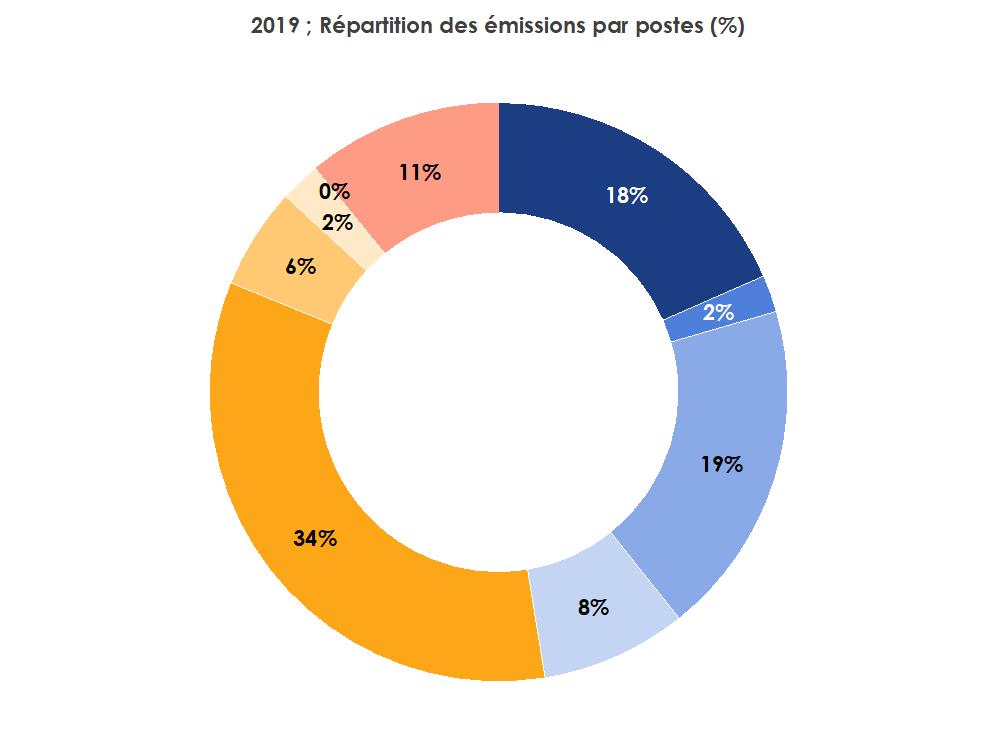
INPUT MATERIALS

WASTE
WASTE WATER
FIXED ASSETS
12 2022 PRESS KIT // FACING CLIMATE CHANGE
of the Bordeaux wine sector (2019 GHG emissions - ©Carbone 4) 587,000 TONNES CO2 EQUIVALENT 2012-2019 CHANGES IN EMISSIONS, BY SOURCE SOURCES OF EMISSIONS IN THE SECTOR ENERGY (FUEL OIL, GAS, ELECTRICITY) • Viticulture • Vinification • Distillation • Growers, cooperative cellars, distilleries, merchants
• N2O emissions (fertiliser) • Leaks from cooling systems • Inorganic CO2 FREIGHT • Upstream: delivery by suppliers Internal: in the Gironde between players • Downstream: to customers (including export) TRAVEL • Commuting by employees • Professional (car / train / plane)
• Glass • Cardboard, paper, plastic, metals • Wood: cases, barrels, corks • Crop-protection products, fertilisers • Winemaking products SERVICES • Miscellaneous services: IT subcontracting, winemaking consulting, etc.
• Direct production • Packaging at end of life
• Untreated effluent
• Buildings, wineries • Machinery, agricultural machinery • IT Energy Non energy Freight Travel Input Services Waste Waste water Fixed assets Emissions materials
34% INPUT MATERIALS

18% ENERGY
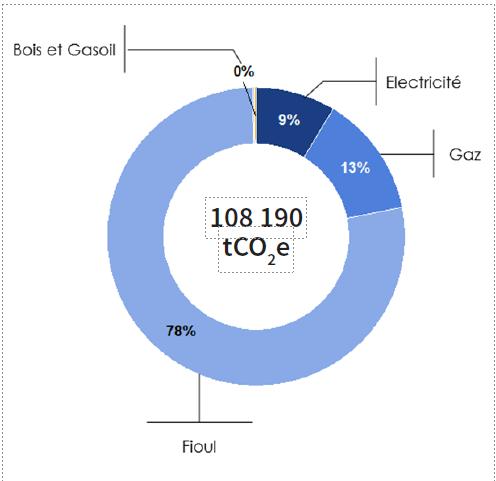
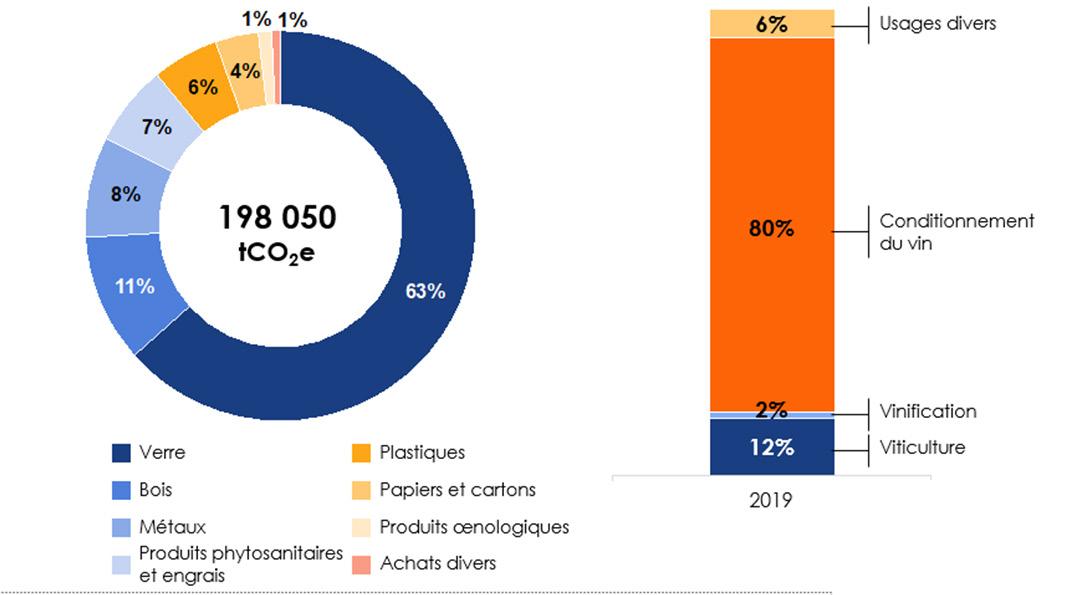
11% FIXED ASSETS


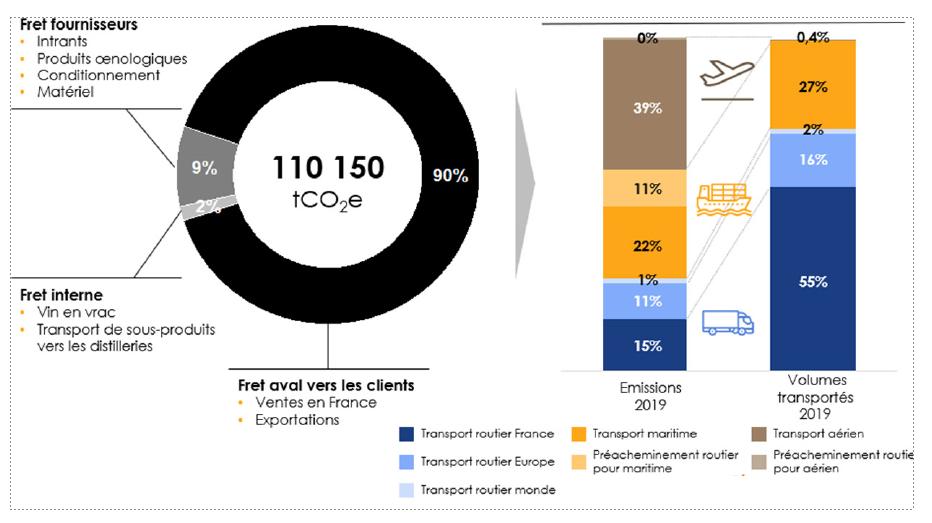
13 2022 PRESS KIT // FACING CLIMATE CHANGE 3rd carbon balance Main sources of emissions
This takes into account indirect emissions related to the manufacture of materials purchased by the sector
By type of energy Wood and Diesel Electricity Gas Fuel oil
This takes into account indirect emissions related to the construction of buildings and the manufacture of machinery and IT hardware. Buildings Farm machinery Machines and tools IT hardware 19% SUPPLIER, INTERNAL AND CUSTOMER FREIGHT • Road freight: 45% of freight component • Air freight: 35% of freight component • Sea freight: 20% of freight component Supplier freight • Inputs • Winemaking products • Packaging • Equipment Internal freight • Bulk wine • Transport of by products to distilleries Downstream freight to customers • Sales in France • Exports Road transport France Road transport Europe Road transport world Sea transport Road haulage before sea transport Air transport Road haulage before air transport 2019 emissions 2019 volume transported 108,190 tCO2eq Glass Wood Metals Crop protection products and fertilisers Plastics Paper and cardboard Winemaking products Miscellaneous
Winegrowers and merchants have their say

Many players feel powerless to act on issues such as freight or fuel oil. Many also give priority to environmental certification procedures and reduced use of crop-protection products. The challenge is to find the right balance between low-impact products and an increased number of tractor passes through the vineyard. At the same time, players in the sector are not always fully aware of the commitments made by stakeholders (glassmakers, transporters, sustainable building constructors, etc.).
50% of cooperative cellars and merchants monitor their energy consumption
More than 2/3 of winegrowers have observed an increased number of tractor passes through the vineyards.
More than 2/3 already use lighter bottles.
But more than 60% don’t know how much recycled glass is in their bottles.
1/3 of operators have taken action to reduce the impact of freight.
Multiple expectations within the sector
Human support
Sharing information and pooling best practice.
Technical support
Creation of a structured and collective action plan. Help with communicating and promoting their approaches.
A need for tools
Step-by-step methodologies to assess emissions and define individual action plans.
Interprofessional governance and dialogue with stakeholders
Working on the carbon strategy using the same model as existing collective approaches (Bordeaux Wine Environmental Management System or Bordeaux Cultivons Demain - the collective CSR approach).

Taking charge of sectoral issues that cannot be resolved on an individual scale (e.g. freight, relationship with glassmakers, etc.).
FEBRUARY 2022 - BORDEAUX WINES CARBON DAY: joint workshops to identify priorities for the strategy to 2030, the actions, the means of deployment, etc., in the presence of winegrowers, merchants, cooperative cellars and other stakeholders (local authorities, ADEME*, glassmakers, road and rail transport companies, energy suppliers, etc.).

14 2022 PRESS KIT // FACING CLIMATE CHANGE
GOAL: TO MOVE FORWARD TOGETHER. A questionnaire completed by nearly 100 professionals
*French Agency for the ecological transition

2030 Carbon Strategy Target: -54% greenhouse gas emissions vs 2007 5 priority areas And strengthened dialogue with stakeholders Freight Viticultural practices Carbon capture, storage and utilisation Energy efficiency Glass and packaging
Bordeaux wines 2030 Carbon Plan
Priorities, targets and actions
Glass and packaging
28% OF THE SECTOR’S EMISSIONS IN 2019
bottle
-12%
2007 > 2019
Continue to work on bottle weight
Create an awareness program on the benefits of light bottles to encourage their use.
Work with glassmakers to study the possibility of making bottles even lighter. Promote eco-designed packaging
Launch an awareness programme to encourage use of eco-designed materials.
Study new distribution methods
TARGETS
Reduce the bottle weight by 10% +10% cullet* in bottles = increase cullet in bottles from 75 to 85% cullet
* broken glass from recycling
Test a local pilot scheme with recommendations on reducing the impact of transport.
Freight
Viticultural practices
fuel oil, machinery, inputs
22% OF THE SECTOR’S EMISSIONS IN 2019
Reduce the number of passes though the vines by 10%
Increase the fleet of equipment not using fuel oil by 20%
TARGETS
Identify, test and deploy alternatives to reduce agricultural fuel oil consumption
Set up alternatives to the use of machinery: plant cover, ecopastoralism (use of sheep to maintain plant cover), animal traction, training in environmentally friendly driving.
Reduce purchases of new equipment
Pool equipment (e.g. CUMA), raise awareness of maintenance to prolong equipment life.
Reduce inputs
Seek out more natural solutions (e.g. sexual confusion, encouraging bats to combat certain pests, development of ecological corridors, agroforestry, etc.).
Plant disease-resistant varieties.
19% OF THE SECTOR’S EMISSIONS IN 2019
Prefer committed and certified road hauliers
Use transporters committed to climate initiatives or using alternative fuels/vehicles (e.g. bio-fuels from grape pomace in collaboration with local distilleries).
Promote and improve the impact of sea freight while reducing air freight
Prefer maritime transporters committed to reducing GHG emissions from ships. Test carbon-free transport solutions (e.g. sailing ships). Identify ways to avoid short lead times that require the use of air freight.
TARGET 100% of road transport provided by committed hauliers
16 2022 PRESS KIT // FACING CLIMATE CHANGE
503 grams 443 g. Reduction in
weight
Energy efficiency of buildings and processes
4% OF THE SECTOR’S EMISSIONS IN 2019
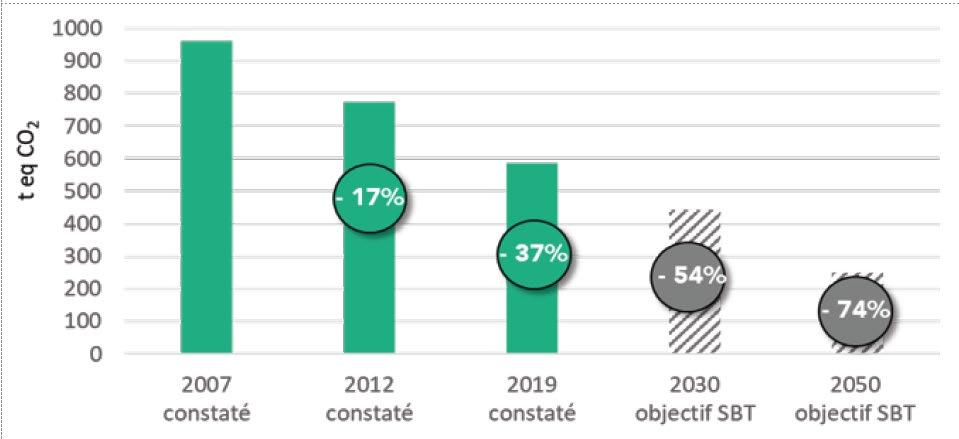
Production of renewable energies for selfsupply (e.g. solar panels)
Technical and financial support programme.
Deployment of energy saving solutions
Energy inventories and definition of an action plan to reduce energy consumption (e.g. electricity sub-meters, better insulation of buildings, etc.).
Construction of new low-energy buildings
Semi-underground cellars to avoid the use of air conditioning and heating.
Prefer natural light and insulating materials with low environmental impact (e.g. straw-bale construction of cellars).
Beyond reduction, capture, storage and utilisation of CO2
Capture and store the carbon naturally present in soils and plants
Agroecology: planting trees, flower cover on fallow land and plant cover in the vineyards to sequester carbon. Capture, storage and utilisation of carbon emitted during fermentation


This CO2 from fermentation can be used to produce bicarbonate (nontoxic biodegradable product widely used in the food, pharmaceutical and cosmetic sectors).
1000 hl of wine and 80% capture = 10 tonnes of CO2
17 2022 PRESS KIT // FACING CLIMATE CHANGE
-74% 2050 Contribution of the Bordeaux wine sector to carbon neutrality observed observed observed SBT target SBT target Science-Based Targets (SBT) approach: reduction targets aligned with a 2°C trajectory +25% captured
18 2022 PRESS KIT // FACING CLIMATE CHANGE
The women, the men
5300 winegrowers (AOC growers)
• Most family businesses (56% individual operators)
• Average size of properties: 20 hectares
300 wine merchants
• More than 2/3 of Bordeaux wine sales and in more than 170 countries.
29 cooperative cellars and 3 unions
• 39% of AOC growers
• 23% of Bordeaux production
77 brokers
The terroirs
108,000 hectares of vines
• the largest Appellation d’Origine Contrôlée vineyard
• 1/4 of the area of French AOC wines
• 3 out of 4 farms in the Gironde have vines.


65 Appellations d’Origine
Contrôlée (AOC)
75% of the Bordeaux vineyard area has a certified environmental approach in 2021 vs 35% in 2014 and


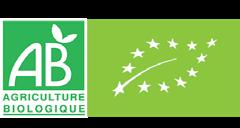
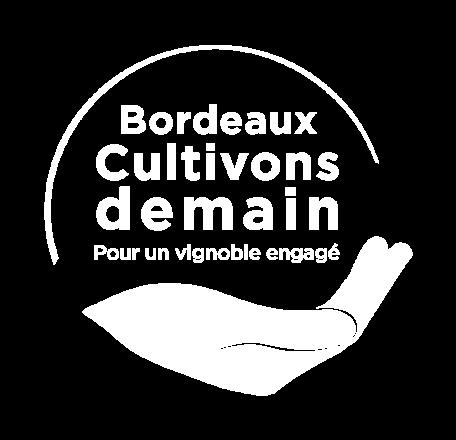
in
Production
4.7 million hectolitres produced on average, the equivalent of 649 million bottles. 2021 vintage: 3.7 million hectolitres
Main families of appellations
Signature grape varieties
red varieties
11% white varieties
Wines of all colours
white
white
55%
2016
(% volume produced in 2020)
(2020 data) 89%
(volumes produced in 2020 in %) Red 85% Rosé 4% Dry
9% Sweet
1% Crémant 1% Merlot 66% Cabernet Sauvignon 22% Cabernet Franc 9% Autres cépages 3% Sémillon 46%Sauvignon 46% Muscadelle 5% Autres cépages 3% BORDEAUX DE-GUYENNE Saint Est èph e G raves S up érieu re s 12% Bordeaux & Bordeaux Supérieur 44% Saint-Émilion Pomerol Fronsac Dry whites Rosés 5 % Sweet whites 0.5%9% Côtes 13% 10% Crémants 1.5% Médoc 15% Graves 3%

CONTACTS: Helen Gregory (helen@gregoryvine.com) Claire Martin (claire@gregoryvine.com)
































